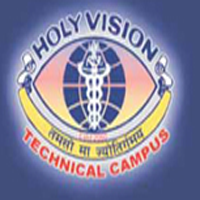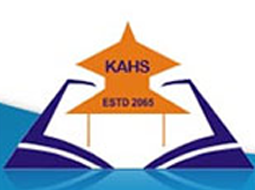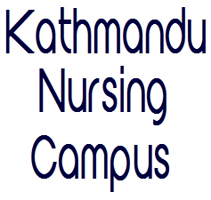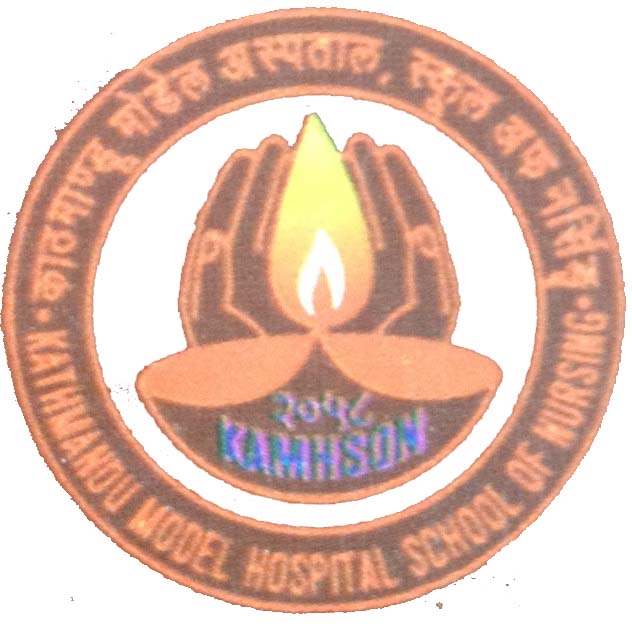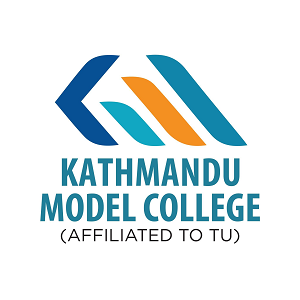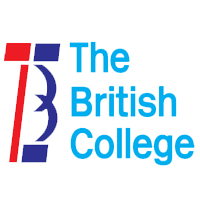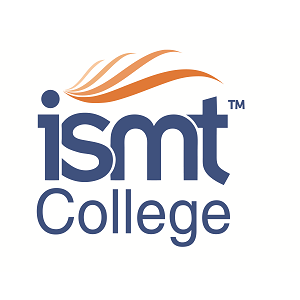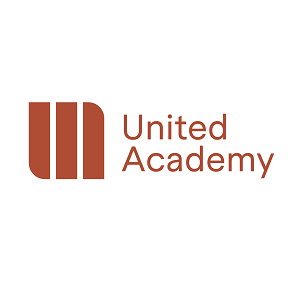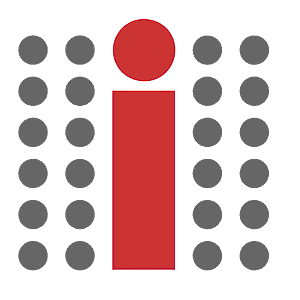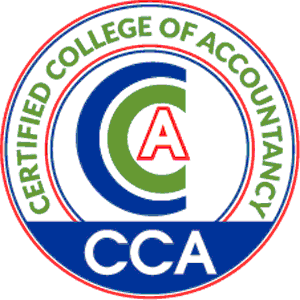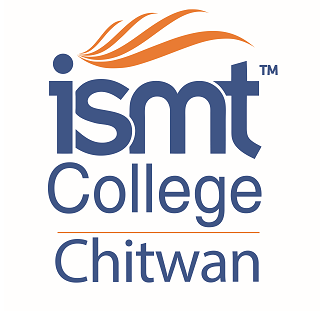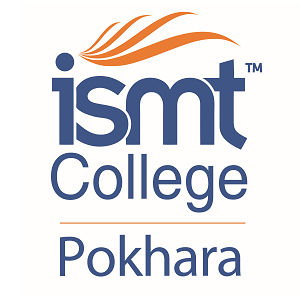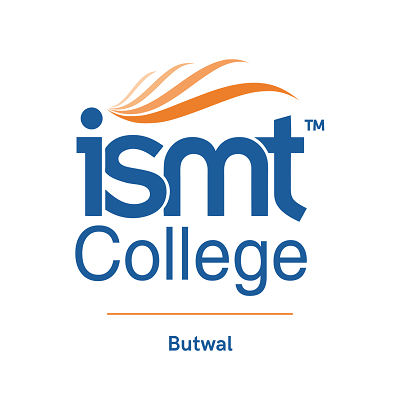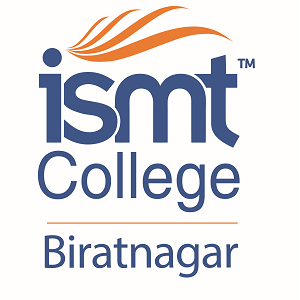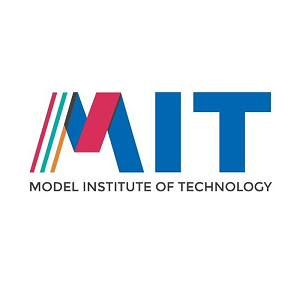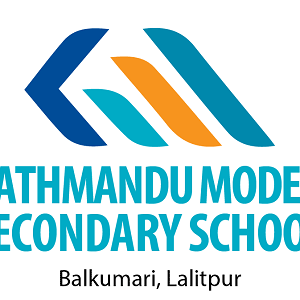Overview
PCL Nursing at APF Nepal Institute of Health Sciences, Chandragiri, Balambu, Kathmandu
If you’re a science student planning a nursing career, this PCL Nursing program in Chandragiri, Balambu, Kathmandu offers hospital-based learning, CTEVT affiliation, and pathways to Nepal Nursing Council registration after graduation. The course follows the national PCL Nursing curriculum and runs for three academic years under a yearly system, supporting 40 seats in each intake.
Overview
You want clear steps from classroom to ward.
APF Nepal Institute of Health Sciences (government-owned) runs the PCL Nursing program on its Balambu campus with an on-site 100-bed hospital for clinical exposure. Teaching follows the CTEVT curriculum revised in 2018 and integrates theory, skills-lab practice, and supervised clinical work.
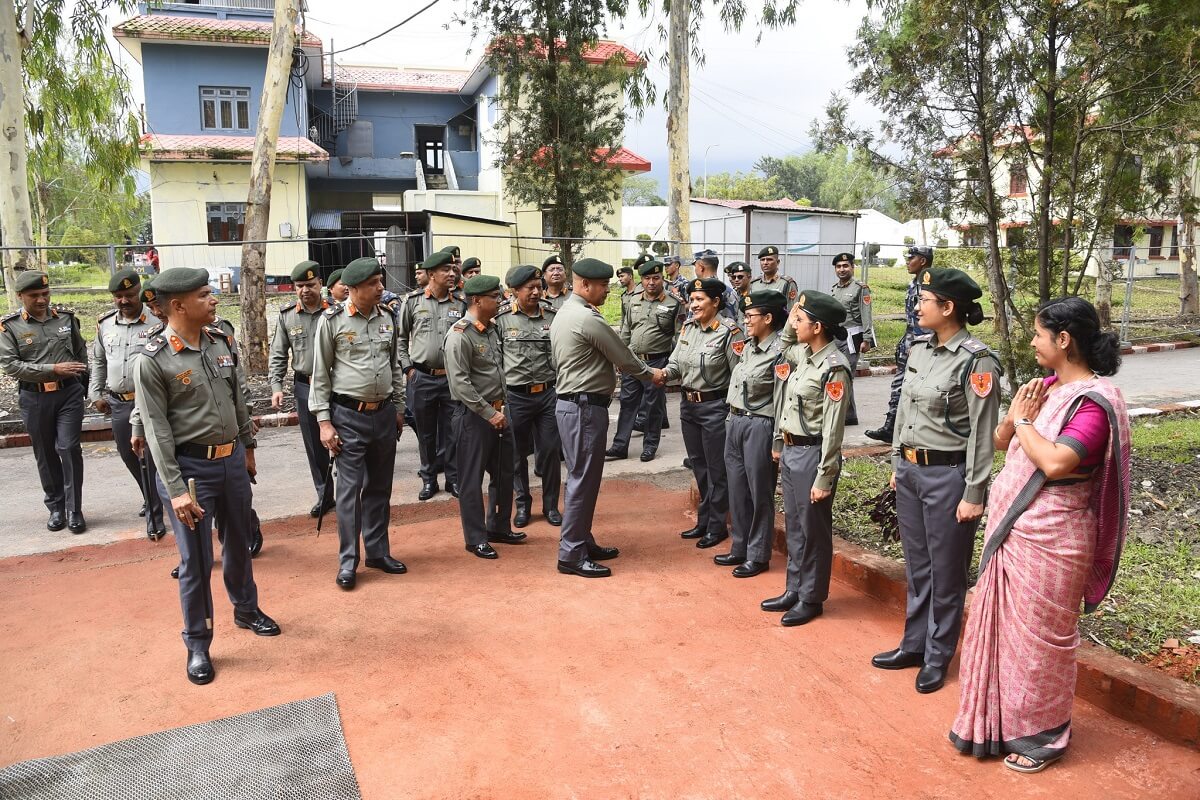
Highlights
Here’s the snapshot before you apply.
-
Affiliation: Council for Technical Education and Vocational Training (CTEVT).
-
Program length: Three academic years; yearly system.
-
Intake capacity: Up to 40 students per batch.
-
Attendance: Minimum 90% in each subject to sit finals.
-
Assessment: Internal + final exams; pass marks 40% theory and 50% practical.
-
Certification & progression: Graduates receive the PCL in Nursing and may register/take the related Council exam; eligible for Staff Nurse posts and for Bachelor of Nursing or equivalent per university rules.
Curriculum Details
Here’s what you will study over three years.
-
Year 1: Fundamentals of Nursing (theory/clinical), Community Health Nursing I, Anatomy & Physiology, Basic Science Applied to Nursing (Pharmacology, Biochemistry, Microbiology), English, Nepali.
-
Year 2: Medical–Surgical Nursing I & II (theory/clinical), Geriatric Nursing, Behavioral Science & Mental Health Nursing, Community Health Nursing II, Social Studies.
-
Year 3: Midwifery I–III (theory/clinical), Gynecology Nursing, Child Health Nursing, Leadership & Management.
Objectives
Read this as your learning roadmap.
The national curriculum aims to prepare a competent middle-level nursing workforce for preventive, curative, rehabilitative, and community care across settings. Graduates apply the nursing process, communicate effectively, guide teams, and continue life-long learning.
Scope
Not sure where this course can lead?
Training covers hospital wards, community posts, maternal and child health, and public health roles across Nepal’s health system. The three-year structure balances foundational care, adult/elderly and mental health, and then midwifery, pediatric, gynecology, and leadership components.
Learning Outcomes
You will learn to assess patients, plan and deliver safe care, prevent infection, support nutrition and elimination needs, provide wound care, administer medications, and counsel patients and families—progressing from ward routines to leadership tasks in the final year.
Skill Development Modules
Think of these as your hands-on pillars.
-
Vital signs, documentation, and nursing care plans
-
Infection prevention and control
-
Bed making, positioning, and comfort devices
-
Nutrition support and feeding (including tube feeding)
-
Elimination care and catheterization
-
Dressing, bandaging, and basic procedures
-
Drug calculation and safe administration
-
Pre-/post-operative care and first aid
These skills are embedded across theory and clinical components of the national plan.
Teaching Methodology
You learn best when study meets practice.
The curriculum uses illustrated lectures, group work, demonstrations, simulations, guided practice, clinical postings, field visits, project work, and seminars. Teacher–student ratios are specified for theory, skills lab, clinical, and field practice to support supervision and safety.
Admission Requirements
Worried about the entrance exam?
Eligibility:
-
SLC 2nd division (≥45%) with English, Science, Mathematics, or
-
SEE GPA ≥2.0 with C in Compulsory English, Science, Mathematics, or
-
SLC + TSLC in ANM with ≥68.33%.
Selection: Pass the CTEVT entrance exam; merit-based admission.
Career Opportunities
Graduates are eligible for Non-gazetted 1st class (technical) Staff Nurse roles per Public Service Commission provisions and may pursue Bachelor of Nursing or equivalent as per university rules. Council registration/examination eligibility follows the related Council Act.
Scholarships and Financial Aid
Students may seek institutional scholarships or government provisions where applicable. Check the institute’s current notices for categories, quotas, and deadlines.
Why Choose This Course?
You want consistent clinical exposure and clear rules.
-
Teaching happens beside a 100-bed hospital, supporting regular supervised practice.
-
Class size follows national limits, and attendance/assessment rules are transparent.
-
The curriculum is nationally standardized and revised for current health needs.
Conclusion
If you aim to begin nursing practice in Nepal’s hospitals and communities, this PCL Nursing program provides a structured, regulated path from classroom to ward, with clear entry rules, supervised clinical learning, and recognized progression routes.




